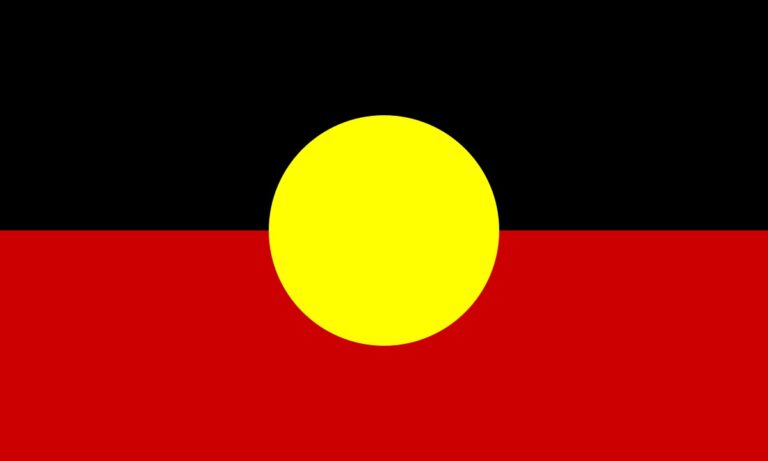Alcohol is the most widely used drug in Australia.
It is estimated by the Australian Institute of Health and Welfare that we are among the highest consumers of alcohol worldwide. In NSW, a quarter of all adults drink at levels that place their long-term health at risk (2016 Chief Health Officers Report).
According to the Alcohol’s burden of disease in Australia report:
- 5,554 Australians die every year as a result of alcohol use
The Foundation for Alcohol Research and Education (FARE) Annual Alcohol Poll 2018 shows that:
- Australians have a low awareness of the long-term health conditions – including cancers – associated with alcohol
A Group 1 carcinogen
In recent years there has been public confusion over whether or not alcohol is harmful when consumed regularly (but not excessively), with media coverage claiming wine and other types of alcohol is good for you, with little research to support these claims.
There is sufficient evidence that ethanol – the chemical present in all alcoholic beverages – is a carcinogen (this falls into the same group as asbestos, arsenic and benzene). In other words, alcohol is a cause of cancer and any level of consumption increases the risk of developing an alcohol-related cancer. The level of risk increases in line with the level of alcohol consumption.
Cancer Council Australia advises there is strong evidence that alcohol use increases the risk of cancer of the mouth, pharynx, larynx, oesophagus, stomach, bowel, liver and breast.
FARE’s alcohol poll also found Australians have a low awareness of the long-term health conditions associated with alcohol. Less than half of those surveyed by FARE were aware of the link between alcohol misuse and stroke (38%), mouth and throat cancer (26%) and breast cancer (16%).
The link between alcohol and cancer
In 2010, 2.7% of all cancers diagnosed in Australia were attributed to alcohol consumption (Whiteman et al., 2015).
There are a number of mechanisms by which alcohol causes cancer. Once metabolised by the body, alcohol binds to DNA increasing the likelihood of DNA mutations and impairing cell function.
At even low levels of alcohol consumption, alcohol interferes with oestrogen receptors on cells to increase the levels of circulating oestrogen, which can lead to cell proliferation – a key initiating factor in the development of breast cancer for example.
According to the Alcohol and Drug Foundation (ADF) research shows that unsurprisingly the highest health risks are associated with heavy consumption – but there is also a considerable burden among those who are moderate to low consumers of alcohol. For example, a study on the impact of alcohol on prostate cancer showed that even at low levels of consumption, alcohol increased the risk of prostate cancer development by 23%.
Your risk
Cancer Council Australia advise:
“There is convincing evidence that drinking alcohol increases the risk of cancers of the bowel, breast, mouth, throat, voice box, oesophagus (food pipe) and liver.
“Even drinking small amounts of alcohol increases your cancer risk. The more you drink, the greater the risk. If you choose to drink, limit your intake.”
Nearly five per cent of alcohol-related cancers in Australia could be prevented by reducing alcohol intake from four or more drinks per day to two or less drinks per day, according to Whiteman.
The more a person drinks over a long period of time, the higher the risk of developing an alcohol-related cancer. Evidence also suggests that for some cancers it can take more than 10 years for alcohol-related cancer risk to even start to decline after ceasing alcohol consumption.
There is no evidence that cancer risk varies by the type of alcoholic drink, whether it is wine, beer or spirits.
The 2009 Australian Alcohol Guidelines by the National Health and Medical Research Council recommend:
- If you drink regularly, drink no more than two standard drinks each day.
- On any single occasion, drink no more than four standard drinks.
- Young people under 18 years of age should not drink alcohol.
- The safest option for a pregnant or breastfeeding mother is not to drink alcohol.
Drinking less frequently, e.g. drinking weekly rather than daily, and drinking less on each occasion, reduces the lifetime risk of alcohol-related harm.
How to prevent
While not everyone who drinks alcohol will develop cancer, the less alcohol you drink the lower your risk of cancer. There is no safe alcohol limit but the less alcohol consumed the better.
To prevent cancer caused by alcohol, quit drinking today. Across the globe, there are thousands of people who live alcohol-free. If you’re not ready to quit, cut down your alcohol intake or speak to someone that can help guide you towards a healthier lifestyle.
References:
1. Is alcohol consumption a risk factor for prostate cancer? A systematic review and meta–analysis | Jinhui Zhao, Tim Stockwell, Audra Roemer, Tanya Chikritzhs | BMC Cancer. 2016; 16: 845. Published online 2016 Nov 15
2. National Health and Medical Research Council (NHMRC) Australian Guidelines to Reduce Health Risks from Drinking Alcohol 2009 (Australia)
3. Whiteman, D. C., Webb, P. M., Green, A. C., Neale, R. E., Fritschi, L., Bain, C. J., … & Pandeya, N. (2015). Cancers in Australia in 2010 attributable to modifiable factors: summary and conclusions. Australian and New Zealand journal of public health, 39(5), 477-484.
4. Rehm J, Patra J, Popova S. Alcohol drinking cessation and its effect on esophageal and head and neck cancers: a pooled analysis. International Journal of Cancer 2007;121(5):1132-1137.
This post was first published on Your Room.







